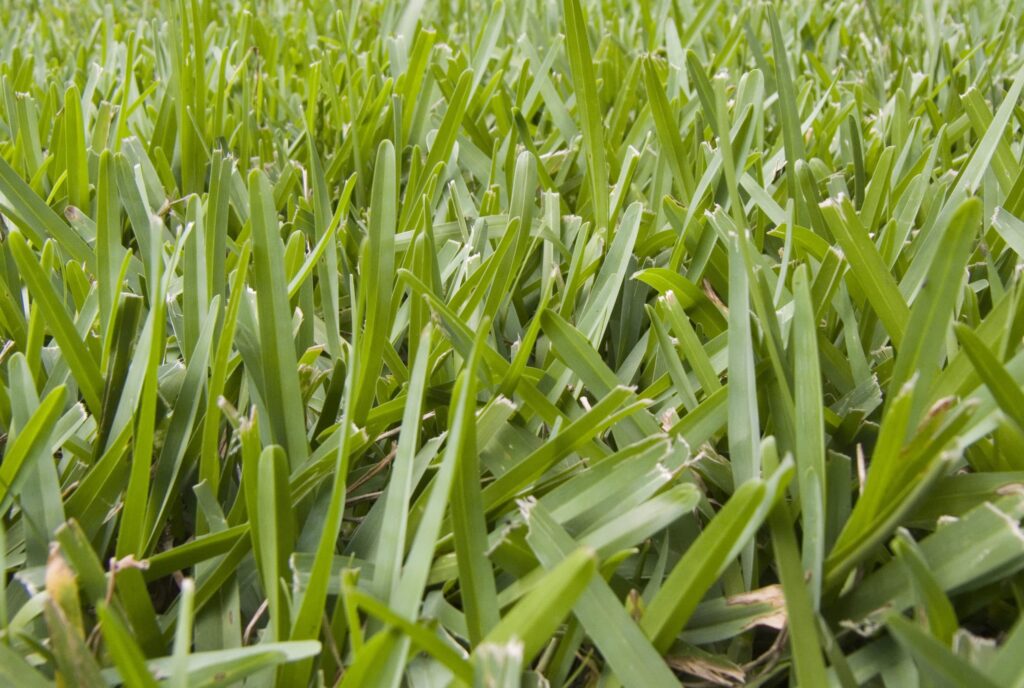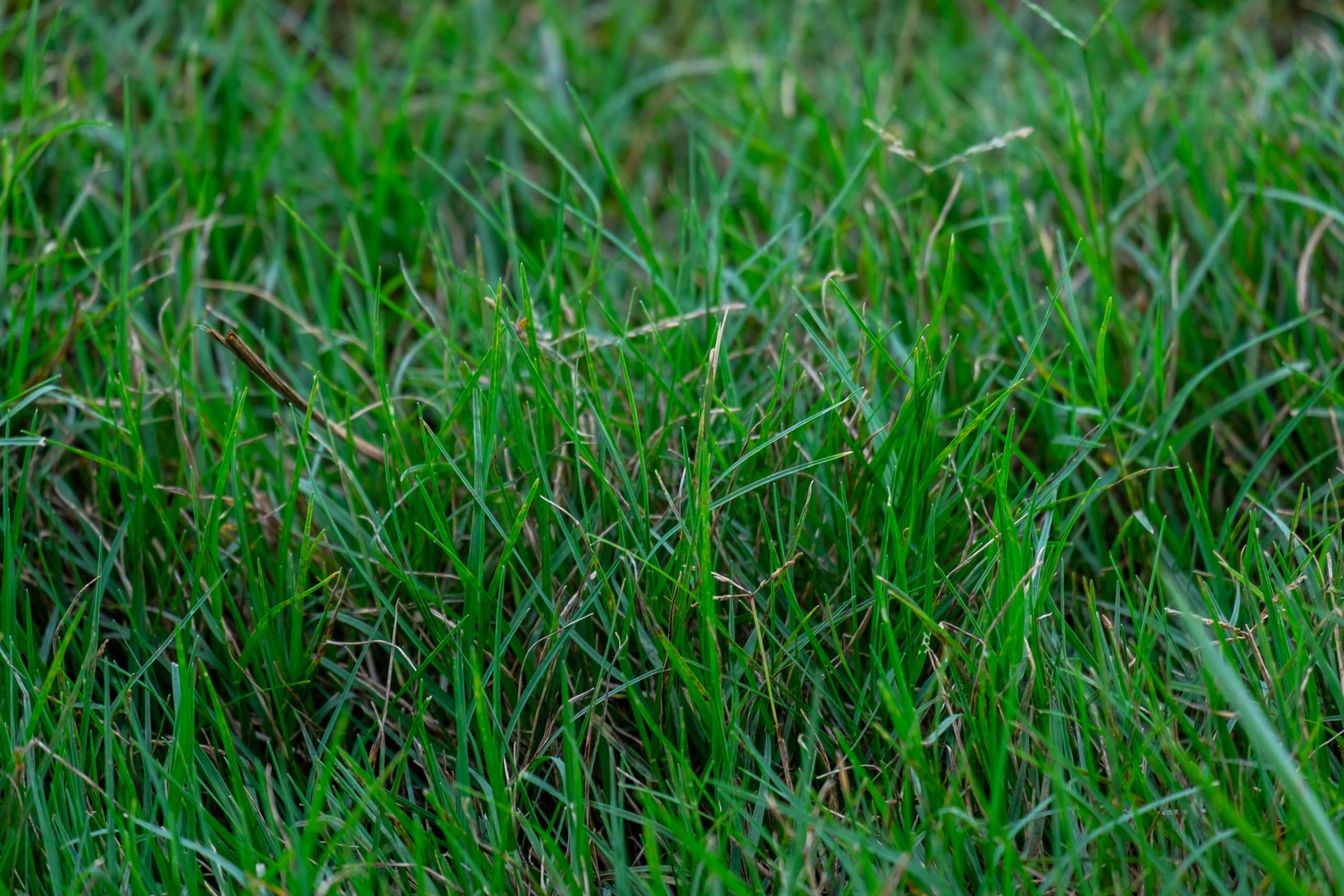If you live in any southern state in the United State, you've probably heard of both St. Augustine and Bermuda grass as both are superb for these climates. Apart from how they look, there are a number of characteristics that differ between the two. However, look no further as we've created a detailed guide on these characteristics to help you determine the best one for you.
For one, choosing a grass for your lawn will depend on the environment of your property. For instance, Bermuda grass needs a little more sunshine than St. Augustine. The latter thrives in the shade. Another factor to consider when choosing a grass is it's maintenance requirements; Bermuda grass doesn’t need to be watered as much as Augustine grass to grow well.
There isn't just one "best" type of grass as it will ultimately depend on your environment and preferences. Suppose you are someone who doesn’t like water regularly, then Bermuda grass may be the logical decision for you. For more discussion on the specific characteristics of the two types of grasses, read on.
What is St. Augustine Grass & How Does it Look Like?

How It Looks
St Augustine grass has a dark green appearance and is commonly referred to as a warm-season specie. It has broad and flat blades, and it forms a thick, carpetlike sod, crowding out most weeds and other grasses.
Where It Grows Best
Naturally, this grass develops in zones 8 to 10 and thrives even better in warm coastal areas. This type of grass adores living conditions that include well-draining sandy soil. For these reasons, you’ll find that St. Augustine grass is a popular choice on the Golf Coast and even Hawaii.
Key Traits
Augustine grass is well-known in the industry for out-competing weeds and having a high shade tolerance. This makes it superb for environments that don’t have a lot of sun. It’s suggested that St Augustine grass only needs around four hours of sunlight each day to thrive.
Although the above benefits are great, there are also some cons to this type. With Augustine grass, you need to be prepared to water it much more regularly than other grass types. This isn’t a problem for most, but some may want to acquire grass that needs less maintenance.
Pros
Cons
What is Bermuda Grass & How Does it Look Like?

How It Looks
Bermuda grass, also commonly known as cynodont dactylon is a warm-season perennial grass easily grown from seeds. It usually spans around 4 to 6 inches in length and has a leafy and branched stem. The spikelets are borne in four or five slender spikes at the tips of the upright stems. Its color ranges from medium to dark green.
Where It Grows Best
the Bermuda type grows exponentially in zones 7 to 10 as these climates generally include direct sun and good drainage.
If you’re considering Bermuda grass, it’s recommended that you have soil between 5.8 and 7.0 PH. However, it can tolerate more alkaline soil if yours doesn’t suit the exact ideal requirements.
Key Traits
The grass itself is very durable and doesn’t require a lot of watering. This is great for anyone who wants to opt-in for low-maintenance grass, and it’s well-known to grow faster than any other warm-season grass.
Pros
Cons
St. Augustine vs Bermuda Grass
Now, that we've described the key information that you need to know about each type of grass, let's dive into its differences according to the following factors:
Climate
The best way to determine the best one to grow according to the climate of your region is to look at plant hardiness zones which the Department of Agriculture developed. For St. Augustine, you’ll ideally want to grow it in zones from 7a to 11. While for Bermuda grass, it thrives best in USDA zones from 6A through to 9B.
- St. Augustine – you’ll ideally want to grow it in zones from 7a to 11.
- Bermuda – thrives best in USDA zones from 6A through to 9B.
Both of the mentioned grasses are grown as turf in places like the Gulf Coast and Florida. This is because these areas have superb climates as they’re warm and humid. However, although both can be grown here, it’s common to see Bermuda in places like San Francisco, Arizona, Southern California, New Mexico, and even southern Texas.
St Augustine grass grows in high-shade areas as a rule of thumb, but Bermuda grass needs full sun. So, to determine which grass is better for the climate, it really comes down to your backyard and how much sun it receives daily.
Growth Habit
Something else that determines which grass is more beneficial than one another to a specific user is growth habit. Here’s how the growth habits are different:
St. Augustine – if this grass isn’t mowed, it can grow between 6 to 12 inches tall. It’s able to achieve this because stolons and above-ground stems spread it. The appearance of well-looked after St. Augustine will seem stiff, thick, and dark green, which offers a visually pleasing landscape.
Bermuda – Whereas with Bermuda grass, you’ll find it grows much larger and differently. With this grass, if unmowed, it can grow between 12 to 18 inches tall. Bermuda grass can achieve this by rapidly growing/spreading by rhizomes, undergrown systems, and stolons. Depending on how you grow Bermuda grass, it’ll either appear light or dark green, and it holds extreme durability making it great for high footfall areas.
As you can see, both grass types develop similarly. However, Bermuda grass can quickly become long and uncontrollable compared to St Augustine.
Mowing Heights
Another factor that tears each of these apart is mowing heights. It’s evident that some people prefer longer grass, and other shorter. Needless to say, this may be the deciding point for many avid landscapers or backyard enthusiasts.
The mowing height is hugely different between the two. Although this depends on the cultivar, St Augustine grass is recommended to be mowed between 2 and 4 inches high. On the other hand, it is suggested that Bermuda grass be mowed between 3/4 to 1 1/2 inches high.
- St. Augustine – is recommended to be mowed between 2 and 4 inches high.
- Bermuda – it is suggested that Bermuda grass be mowed between 3/4 to 1 1/2 inches high.
Mowing the grass to its suitable heights helps with the growing process, resulting in your grass growing thicker, greener, and more visually pleasing.
Moreover, many landscapers tend to leave the clipping of Bermuda grass on the lawn. By doing so, these’ll decay and work themselves into the soil once again and boost the health of your mowed grass.
Watering Requirement
Above we briefly mentioned the watering required to develop both types of grass, but let’s discuss this further. Any flower or vegetation requires sufficient water to live, and so does grass. The question is when to water it and how much?
If you want to grow St. Augustine grass, you’ll want to irrigate it when around 30 to 50 percent of the total lawn coverage is wilting. In most climates, it’s rare that wilting will occur throughout most of the year, and that’s because this type of grass only requires around an inch of water a week.
- St. Augustine – irrigate it when around 30 to 50 percent of the total lawn coverage is wilting. It requires around an inch of water a week.
- Bermuda – wait until around 30 to 50 percent of your grass looks wilted. Needs about 1 1/4 inch of water each week.
For Bermuda grass, you’ll want to wait until around 30 to 50 percent of your grass looks wilted. This is more likely to happen with this type of grass because it requires more water than the St Augustine type. Over a week, Bermuda grass will need around 1 1/4 worth of water each week.
The best way to soak this grass is to irrigate it slowly. This allows water to find itself deep in the soil. Doing this technique with Bermuda grass is especially important because it has long roots.
Fertilizer Applications
Another important factor that you need to know before deciding on a type is how much fertilizer does it needs to thrive. Although it’s rather tricky to determine exactly how much fertilizer you’ll need to apply as it’ll depend on your climate, soil, and other factors.
For St. Augustine, it needs to be provided with around 2 to 4 pounds of nitrogen per 1,000 sq ft. Note, this measurement is based yearly. Particularly, you’ll want to provide the grass with 1/2 to a pound of nitrogen (per 1,000 sq ft) a few weeks after the last expected frost in spring. Then every one or two months (from June to August), you’ll want to apply an additional 1/2 to a pound of nitrogen (per 1,000 sqft).
- St. Augustine – 1/2 to a pound of nitrogen (per 1,000 sq ft) a few weeks after the last expected frost in spring.
- Bermuda – 1/2 to a pound of nitrogen (per 1,000 sq ft) once it’s turned green in spring.
When it comes to fertilizing Bermuda grass, it’s highly similar, but instead of applying it after the last frost, you’ll want to provide the grass with it once it’s turned green in spring. Afterward, you should ensure you’re fertilizing it with a 1/2 or pound of solution each month between June and August. You’ll also need the same fertilizer as the above, a 4-1-2 ratio of nitrogen, phosphorus, and potassium.
Which Should You Choose?
Now that you know the differences between the two, it begs to be asked: "which will you choose"? Although, there isn’t a solidified answer we can give you, as it’ll depend on an array of different factors, here are some of the questions to ask yourself to help you decide:
- What type of soil is in your backyard?
- How much natural sunlight will the grass receive?
- Do you want to perform regular maintenance?
- Which length of grass are you aiming to achieve?
After asking yourself the above, you should be able to narrow down what grass type is better for you. For example, if your designated grass area doesn’t receive much sunlight, you’ll want to opt-in for St Augustine grass and so on.
Final Thoughts
Grass may sometimes seem like an afterthought when it comes to improving your home but it actually makes a big difference on how your property will look. So props to you for thinking and researching about the right grass for your property.
I hope this guide helped you to determine or at least get you closer to your decision of which grass to choose. So, will it be St. Augustine or Bermuda?

